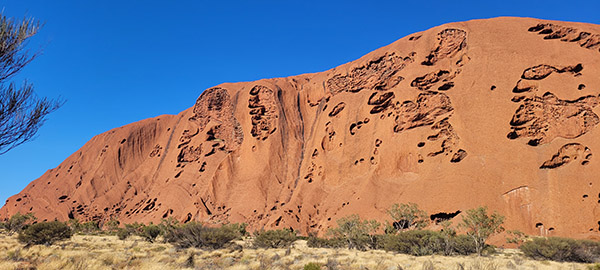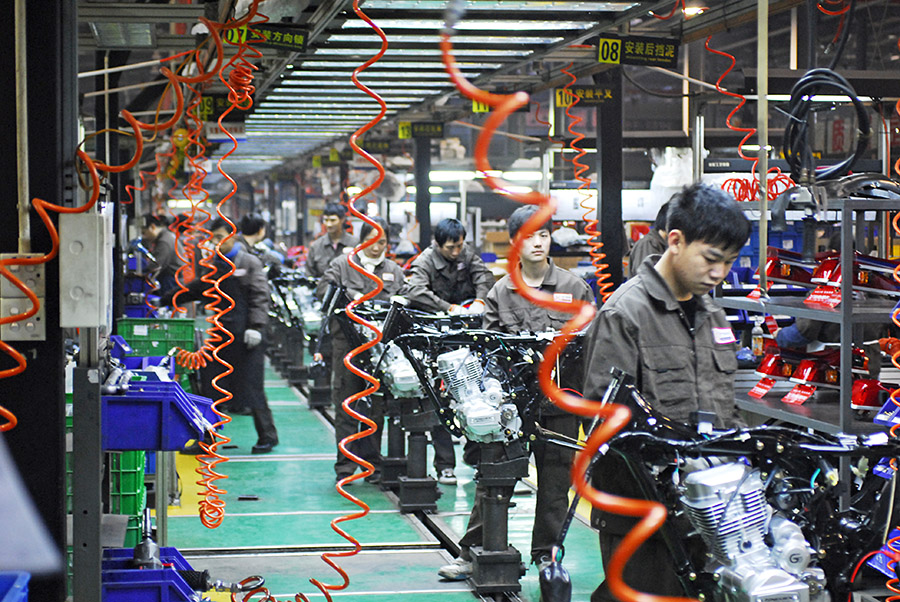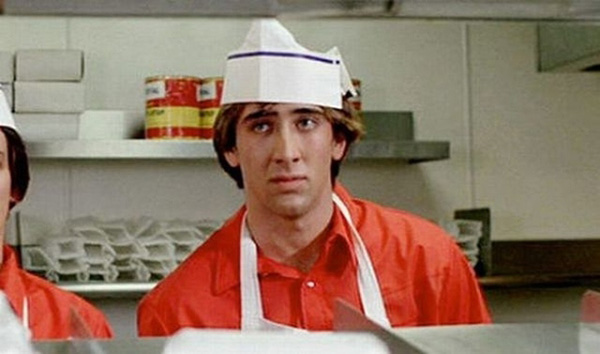By Joe Berk
A few years ago we visited California’s Capitol and it was fun. Getting into it, though, was like getting into an airport. We had to go through a metal detector, there was a list of prohibited items, and there were police officers scattered throughout the building. The security precautions were mildly annoying (just like they are at an airport). That’s why I was surprised when we visited the Idaho Capitol. We weren’t sure which door to use, so we just walked into the first one we saw, and just like that, we were in. No metal detectors. No armed guards. Just a kicked back, we’re cool kind of atmosphere. The way it ought to be.
We saw a sign for a movie with a short film about the Capitol (the theatre was next to the gift shop). When we found it, there was a small group already seated and a nice lady named Bridgette was getting ready to lead them on a guided tour. Bridgette invited us to join the group, and we did.
We walked down the hall and found ourselves beneath the Capitol dome. That’s an American flag hanging from it. The mosaic you see in the lead photo for this blog is directly beneath the Capitol dome. It’s comprised of approximately 10,000 pieces.

Our first stop was the financial management room. Bridgette explained it’s where different elements of the Idaho state government made their case for annual funding to a group of four state officials.
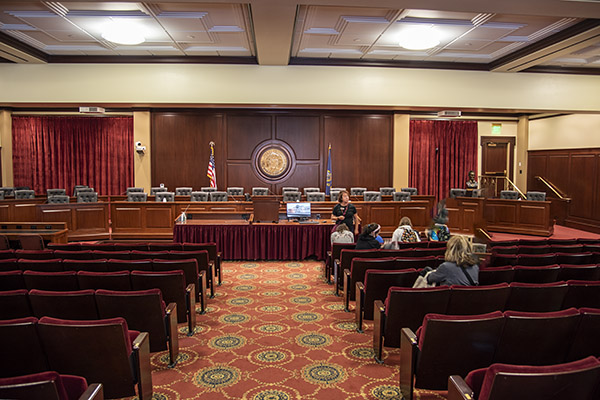
Here’s another photo of the Capitol dome taken at a different angle to show more of the US flag.

Bridgette led us to the Governor’s office. She had to enter the staff’s administration area for permission to bring our group in. It was an interesting place to see. Bridgette explained that this was the Governor’s ceremonial office. The Governor uses it for receiving dignitaries and holding press conferences. She told us the Governor’s working office is much smaller.


Idaho’s legislature has a House and a Senate, much like the U.S. government. Unlike the U.S. government, the Idaho Representatives and Senators serve in a part time capacity, and the state Legislature only operates for three months each year. In Idaho, the state legislators are people with real jobs (farmers, ranchers, folks who operate businesses, teachers, etc.). They are not career politicians. I like that. In fact, there’s a lot I like about Idaho. Their government is working. Idaho was clean and friendly everywhere we went. We were there for a week and we didn’t see a single homeless person, or people begging, or graffiti, or any of the other urban decay prevalent in most California cities. We could take a lesson or two from Idaho.
Bridgette next took us into the Idaho House chamber.

There are three domes above the Capitol: The large one easily visible from outside the building (the one seen from inside in the photos above), and two smaller domes. One of the two smaller domes is above the House, and the other is above the Senate.
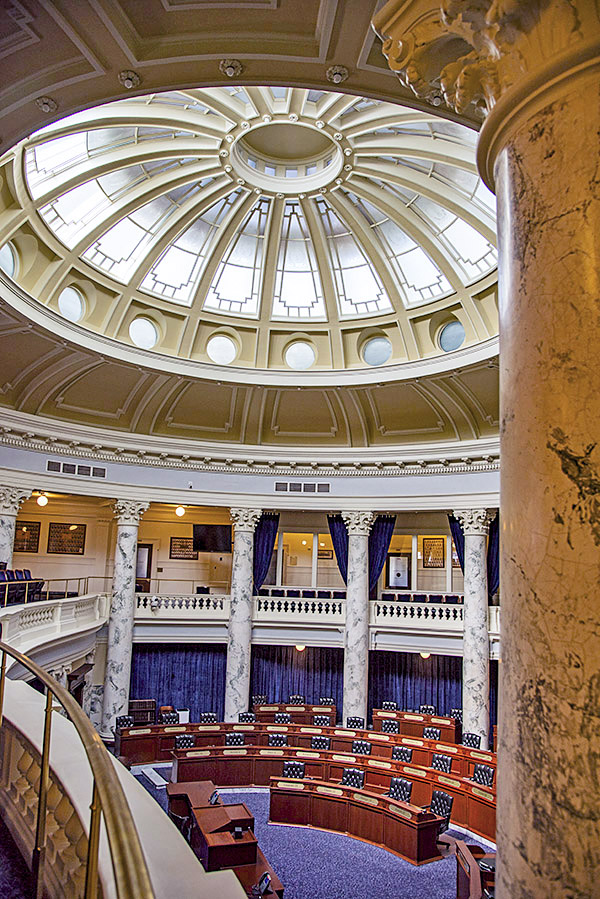
We saw interesting statues in the Capitol. The first is a replica of a statue originally created on the island of Samothrace about 2400 years ago. France sent the replica to Idaho in 1949 as part of their program to provide a statue to each U.S. state in gratitude for our help liberating Europe in World War II.

Another statue depicted George Washington on a horse. It was hand carved out of pine in 1869 by Charles Ostner. The statue was restored and gilded in real gold in 1966.

We enjoyed our visit to the Idaho State Capitol. There’s no admission fee, it’s welcoming, and we had a good time. If you’re planning a visit, you might want to allow a couple of hours to see the Capitol. If you get on one of the guided tours (as we did), you’ll enjoy it even more.
Never miss an ExNotes blog:




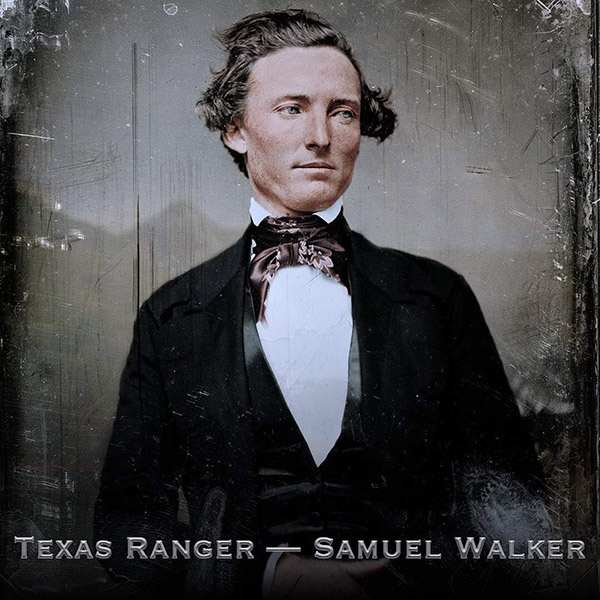




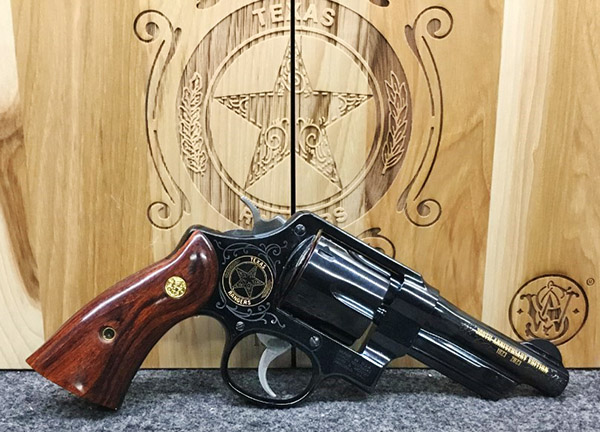



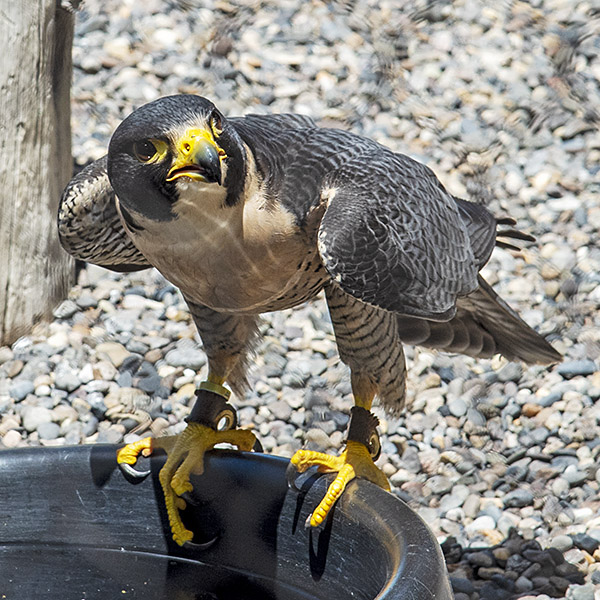








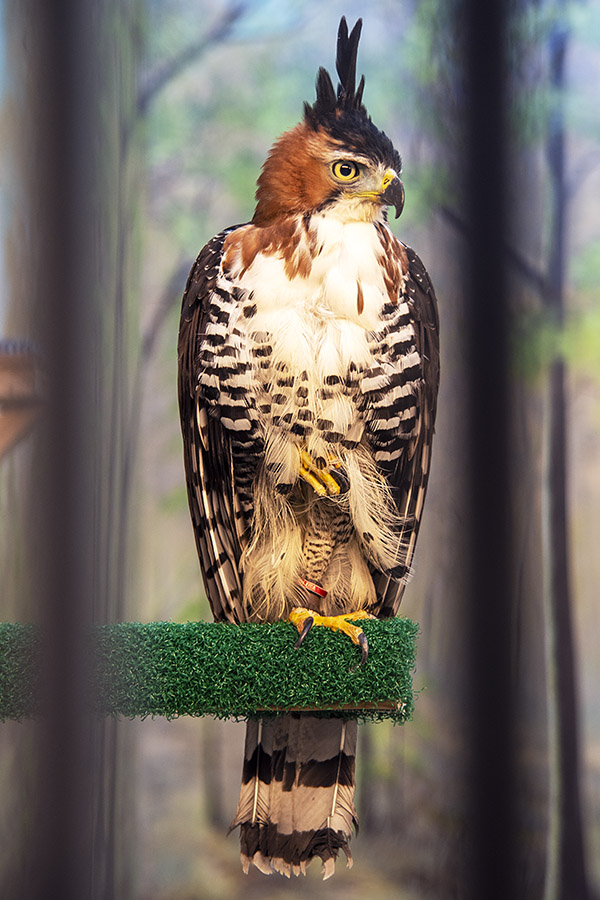





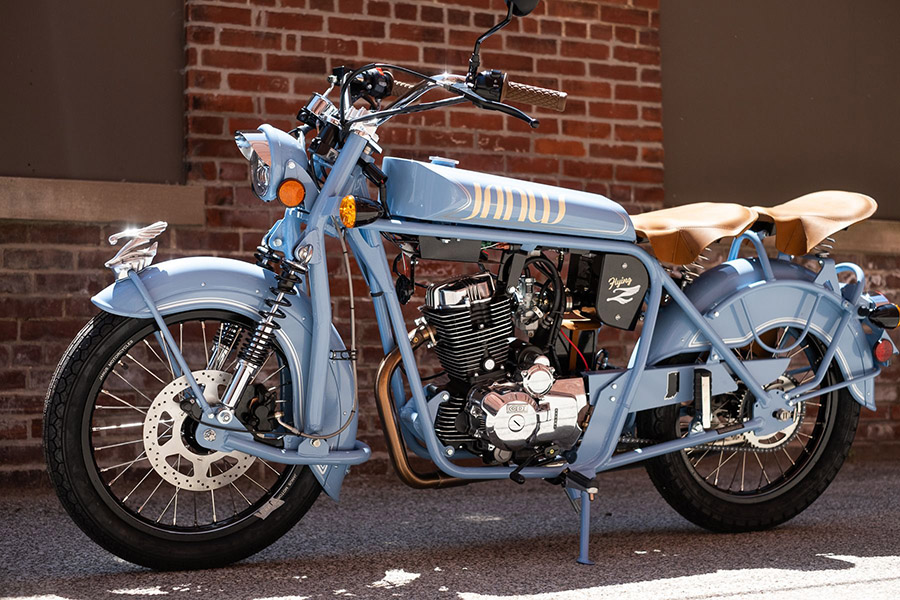


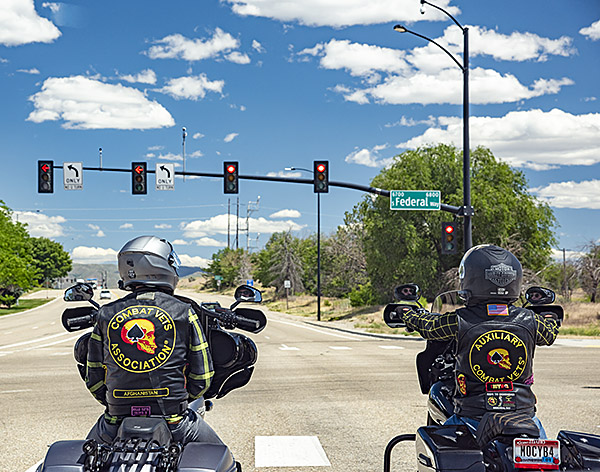











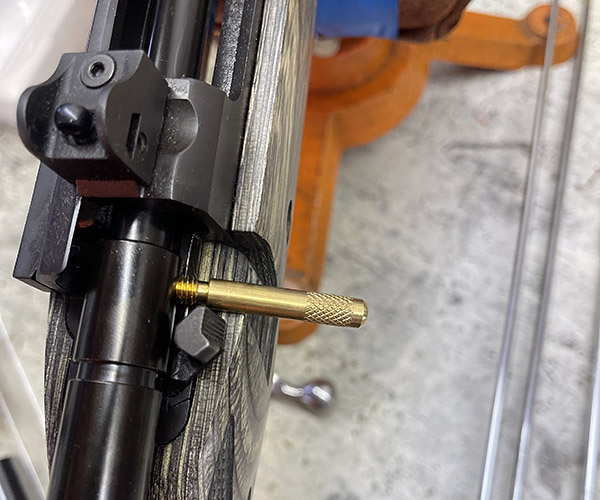



 My original plan was to circle the entire continent of Australia in a month. That was NOT happening so Ayers Rock (Uluru) was a solid turnaround point. Mind you to even complete this took me one month. The isolation was beyond what I had expected. I knew going into this that isolation would be the greatest challenge, but what I didn’t grasp was how far I would be pushed mentally during this journey.
My original plan was to circle the entire continent of Australia in a month. That was NOT happening so Ayers Rock (Uluru) was a solid turnaround point. Mind you to even complete this took me one month. The isolation was beyond what I had expected. I knew going into this that isolation would be the greatest challenge, but what I didn’t grasp was how far I would be pushed mentally during this journey.

